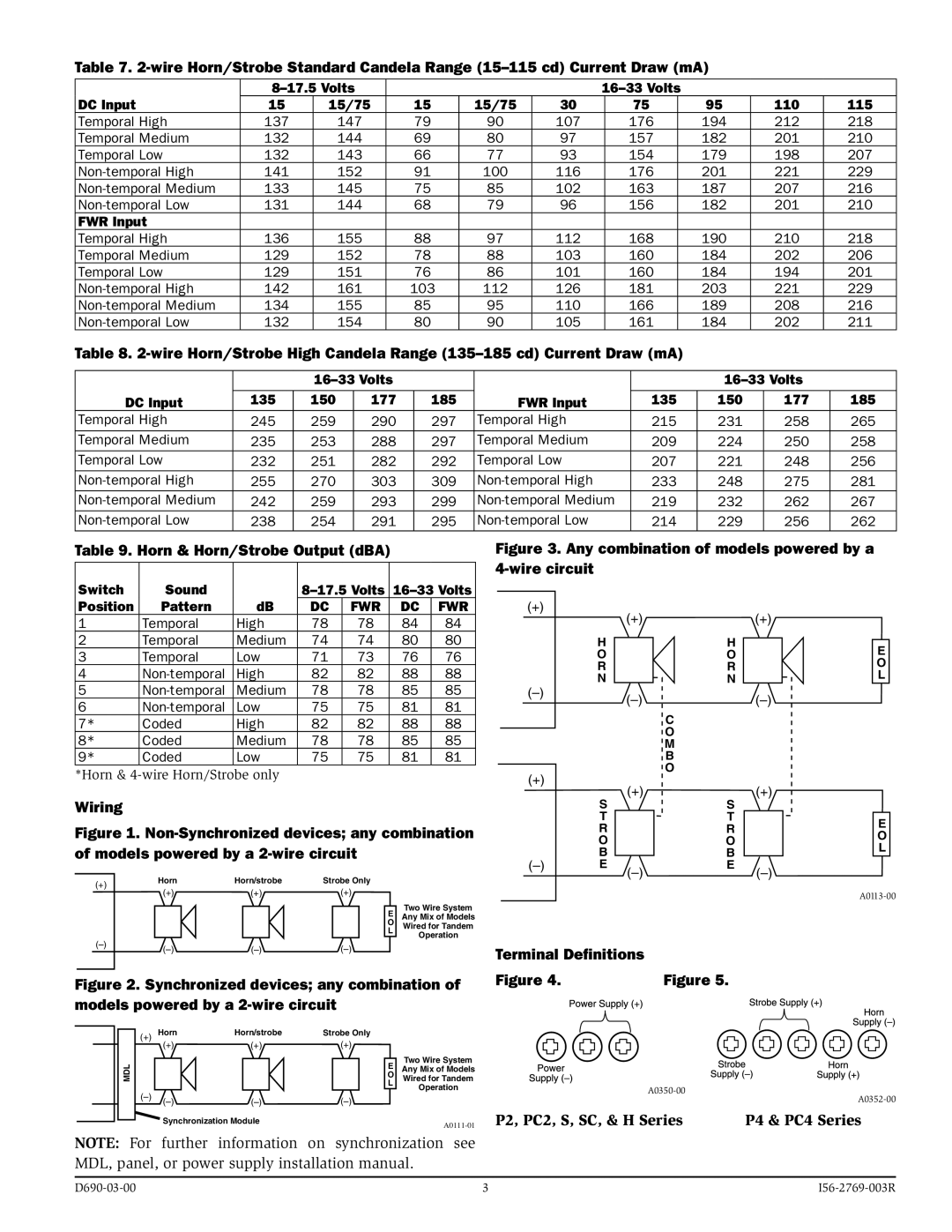P2R specifications
System Sensor P2R is a state-of-the-art photoelectric smoke detector designed for advanced fire detection applications. This innovative device utilizes cutting-edge technology to ensure maximum reliability and performance in various environments. One of its main features is the incorporation of a dual chamber photoelectric sensing technology, which enhances its ability to detect a wide range of smoke particles, particularly those generated by smoldering fires.The P2R is equipped with advanced algorithms that can differentiate between real fire signatures and false alarms, significantly reducing nuisance alarms that can lead to unnecessary disruptions. With a sophisticated signal processing capability, the detector can analyze the particulate matter present in the air and provide a more accurate response, making it suitable for both residential and commercial properties.
Another notable characteristic of the System Sensor P2R is its compatibility with a variety of fire alarm control panels. This ensures seamless integration into existing fire alarm systems, enhancing the overall safety measures in place. The detector communicates with other devices in the system using advanced wireless protocols, allowing for easy installation and efficient communication without the need for extensive wiring.
An additional feature of the P2R is its built-in sounder, which generates a loud alarm to alert occupants in the event of smoke detection. This is particularly useful in larger spaces where a visual indicator alone may not be sufficient. The device also incorporates a test button that allows users to easily check the functionality of the unit, ensuring that it is always in optimal working condition.
Moreover, the P2R is designed with a long-lasting power supply, requiring less frequent battery changes. This not only enhances its reliability but also reduces maintenance costs over time. The device is constructed with materials that ensure durability and can withstand varying environmental conditions, making it an ideal choice for diverse installations.
In summary, the System Sensor P2R is a highly advanced photoelectric smoke detector featuring dual chamber technology, intelligent algorithms, and compatibility with existing fire alarm systems. Its built-in sounder, easy testing capabilities, and robust design contribute to its reputation as a reliable solution for effective fire detection, making it an essential component in safeguarding lives and property.

